Stop drinking snake oil!
Audiophile communities often buzz with popular claims that don’t always hold up under scrutiny. These come from a mix of marketing tricks, personal experiences, and the placebo effect that lead to widespread myths.
By debunking these myths, we can better understand what really matters and avoid wasting money on things that don’t make a difference.
Read on as we set the record straight on the ten most popular audiophile myths.
- 1. Analog Is Superior to Digital
- 2. Higher-Priced Cables Deliver Better Sound
- 3. Headphones Improve With Burn-in Time
- 4. The More Drivers, The Better the Sound
- 5. Larger Drivers Are the Best
- 6. A Wider Frequency Range Equals Better Sound
- 7. The Newest Audio Equipment Is the Best Choice
- 8. Loud Music Can Damage Headphones
- 9. Headphone Amplifiers Enhance Sound Quality
- 10. True Audiophiles Avoid Mainstream Audio Gear
- 1. Analog Is Superior to Digital
- 2. Higher-Priced Cables Deliver Better Sound
- 3. Headphones Improve With Burn-in Time
- 4. The More Drivers, The Better the Sound
- 5. Larger Drivers Are the Best
- 6. A Wider Frequency Range Equals Better Sound
- 7. The Newest Audio Equipment Is the Best Choice
- 8. Loud Music Can Damage Headphones
- 9. Headphone Amplifiers Enhance Sound Quality
- 10. True Audiophiles Avoid Mainstream Audio Gear
1. Analog Is Superior to Digital
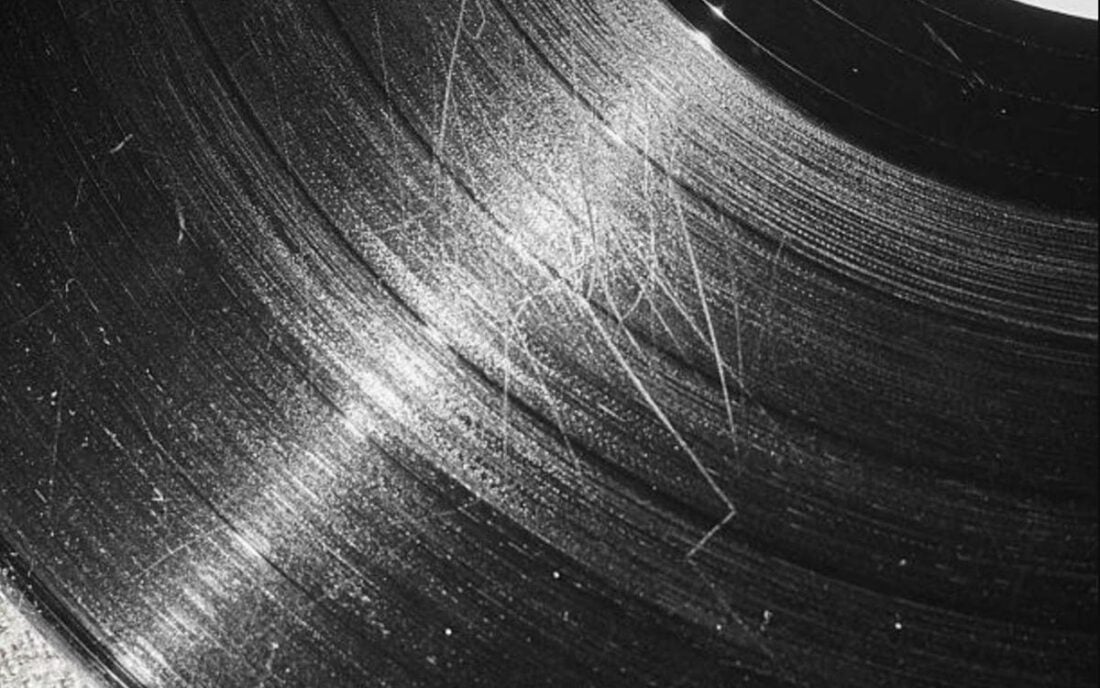
People often unfairly criticize digital audio for not having the “warmth” that analog recordings supposedly have. However, with the right encoding, digital files can actually have higher sound quality than analog.
Digital audio is closer to the original sound, with less noise, a wider dynamic range, and better stereo separation than vinyl.
For example, vinyl can have trouble reproducing high-frequency sounds because of its mechanical limits. High frequencies have to be etched very tightly, and the needle has to skate around these waves and turn extremely tight corners, which cannot always be done accurately. This often leads to distortions like sibilance.
Digital audio does not have these limits. It can provide very detailed sound reproduction across the whole range of what we can hear.
Digital formats are also much less likely to get physically damaged than vinyl. They can usually sound as good as new, even decades later, without the risks of scratches or environmental damage that vinyl records are likely to get.
Some people enjoy the ritual and collectibility of vinyl, even with its technical limits. But from a pure sound quality perspective, digital wins.
2. Higher-Priced Cables Deliver Better Sound
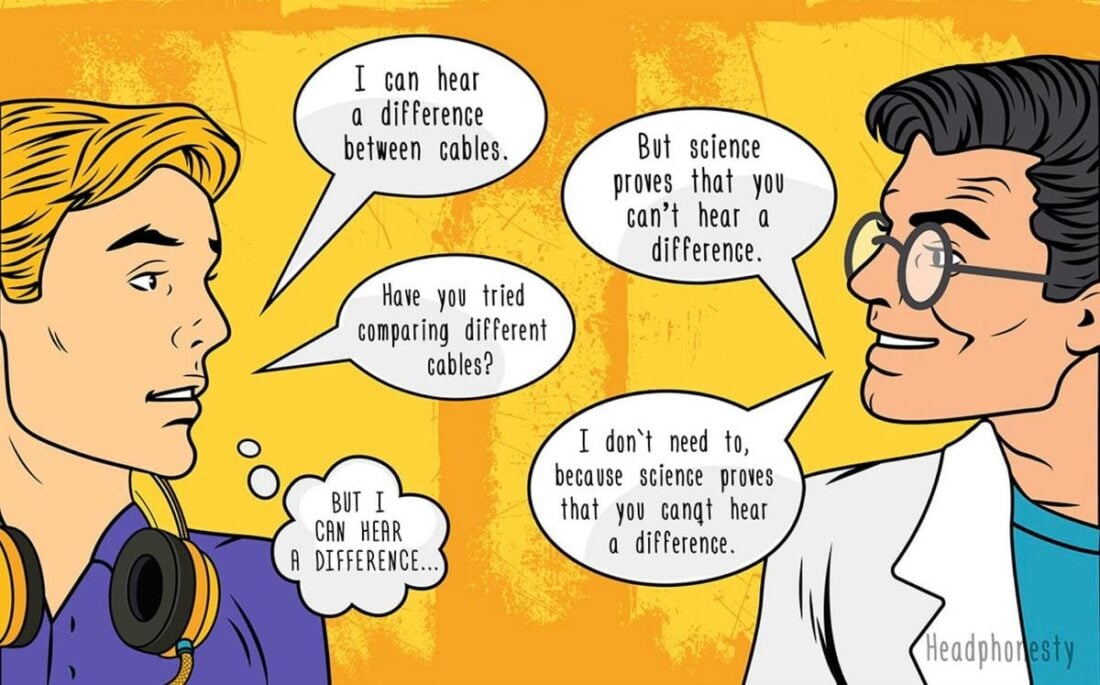
The idea that more expensive audio cables give better sound quality has no scientific proof.
You’ll often hear experiments like those using coat hangers, showing how people cannot tell the difference in audio quality in blind tests. But, while those may be exaggerated, they give a good idea of how the supposed benefits may be more in your psychological than real.
That’s not to say all cables are the same. Bad shielding, flimsy wires, and low-quality connections can negatively affect sound. So, while it’s important to avoid badly made cables, don’t expect a big improvement in sound quality from spending a lot on “audiophile-grade” cables.
These cables, which are often more about marketing and looks, are more like jewelry than actual sound improvements.
So, the real question isn’t whether expensive cables make sound quality better. It’s whether the visual and personal satisfaction they give can justify their cost.
3. Headphones Improve With Burn-in Time

Many audiophiles believe that headphones must go through a “burn-in” process to reach their best sound quality.
This idea suggests that using headphones continuously for a long time (around 40-50 hours) changes their acoustic properties and makes them sound better. Supporters argue that the diaphragm in the headphones, which is a thin, semi-rigid membrane, becomes more flexible over time, supposedly improving audio performance.
However, there’s no reliable scientific evidence to support this claim. Perceived changes after burn-in are more likely the listener getting used to the headphones’ sound signature than any physical changes in the headphones.
Brain burn-in, not gear burn-in, is what really happens.
If burn-in meaningfully changed the sound, manufacturers would do this process at the factory to make sure the sound is consistent. Who would want headphones that keep changing in sound quality over time?
4. The More Drivers, The Better the Sound
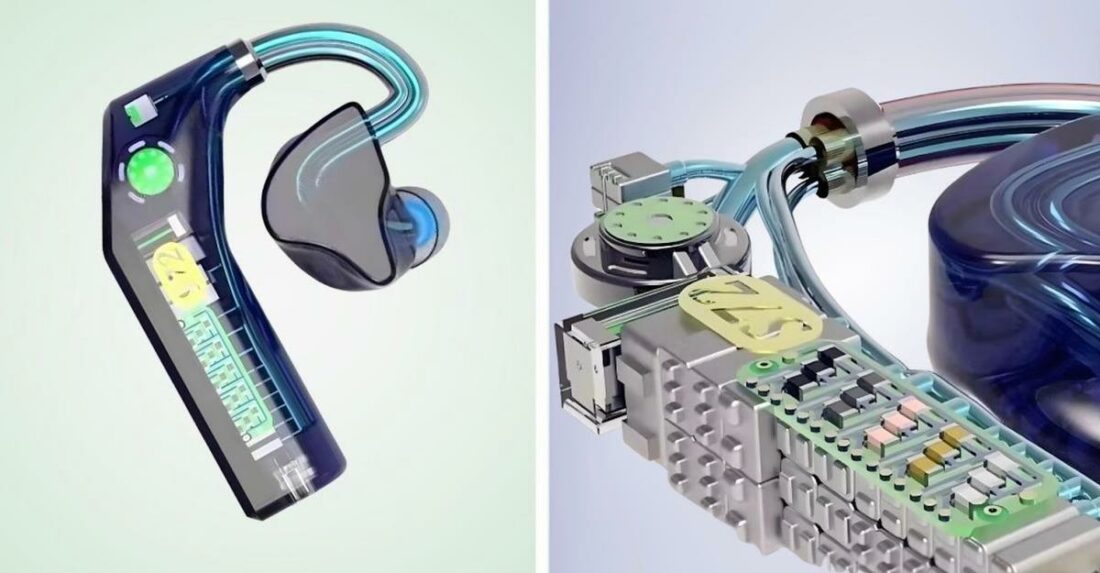
Headphones with multiple drivers are often advertised as having better sound. But more drivers can actually cause issues that make the sound more complicated without a clear benefit.
Proper tuning and crossover design are much more important than the number of drivers.
Headphones with multiple drivers use electronic and acoustic filters to make sure each driver only handles its specific frequency range. Yet, these filters can change a driver’s character, potentially affecting the overall sound quality in a bad way.
Interference can also happen when many drivers are playing at the same time across the frequency spectrum. This is especially true if the crossover— the electronic circuit that splits the signal among the drivers—is not designed in the best way.
Basically, the “driver count wars” are often more about marketing than real improvement.
5. Larger Drivers Are the Best
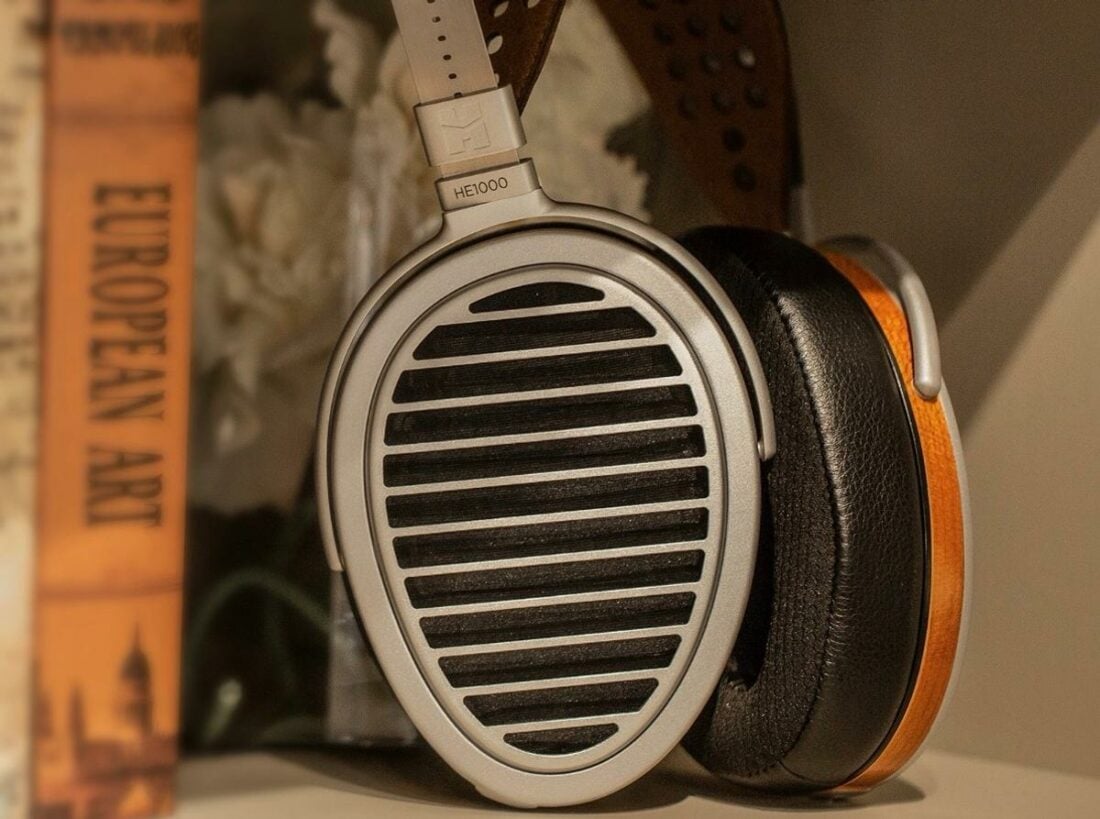
A lot of new audiophiles believe that larger drivers can move more air. This makes them supposedly better at producing lower frequencies with less distortion.
But, in the real world, large drivers are not always practical nor necessary, especially in headphones where space and weight matter.
The belief that larger drivers equal better bass applies more to speakers than headphones. For headphones and IEMs, the drivers being close to your ears means even small diaphragms can also produce powerful bass.
Larger drivers are also more prone to less accurate higher frequencies. This happens because large drivers can have ‘driver breakup’, where different parts of the diaphragm move out of sync with each other.
It’s really more about the overall design and tuning, not just size.
6. A Wider Frequency Range Equals Better Sound
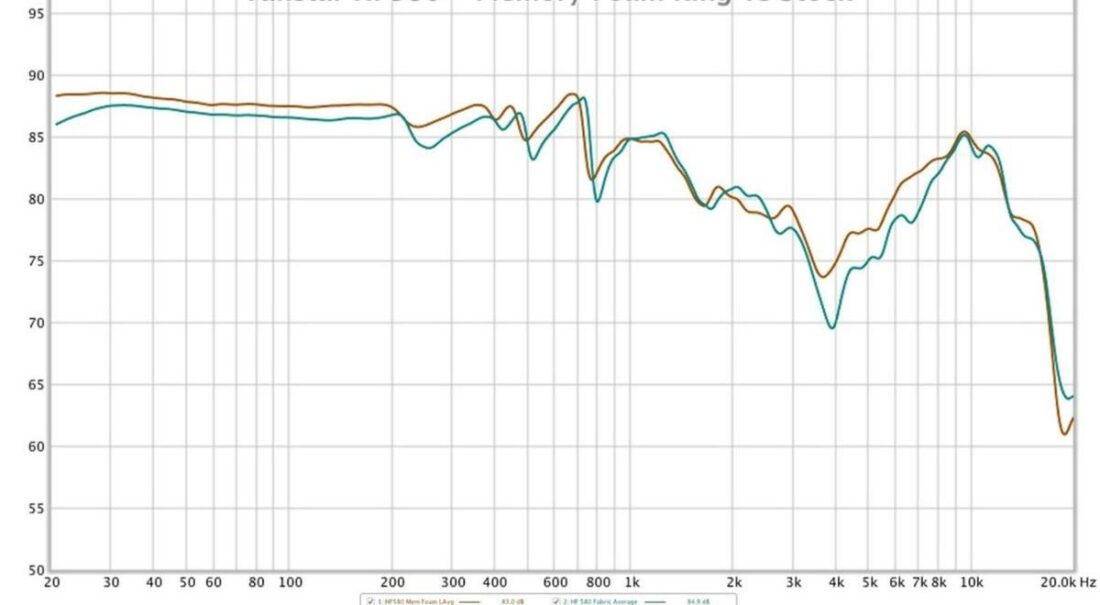
Some headphones advertise incredibly wide frequency response ranges, like 5Hz to 50kHz, as a sign of being better.
But the human hearing range is around 20Hz to 20kHz, and most sound detail is within this range. So, anything beyond that is something we can’t hear.
Specifications claiming a broader range can be misleading as they do not guarantee better sound quality.
What matters more is how evenly headphones can reproduce sounds across the audible spectrum. Deviations from neutral sound, like peaks and dips, have a bigger impact on sound than theoretical extension.
7. The Newest Audio Equipment Is the Best Choice
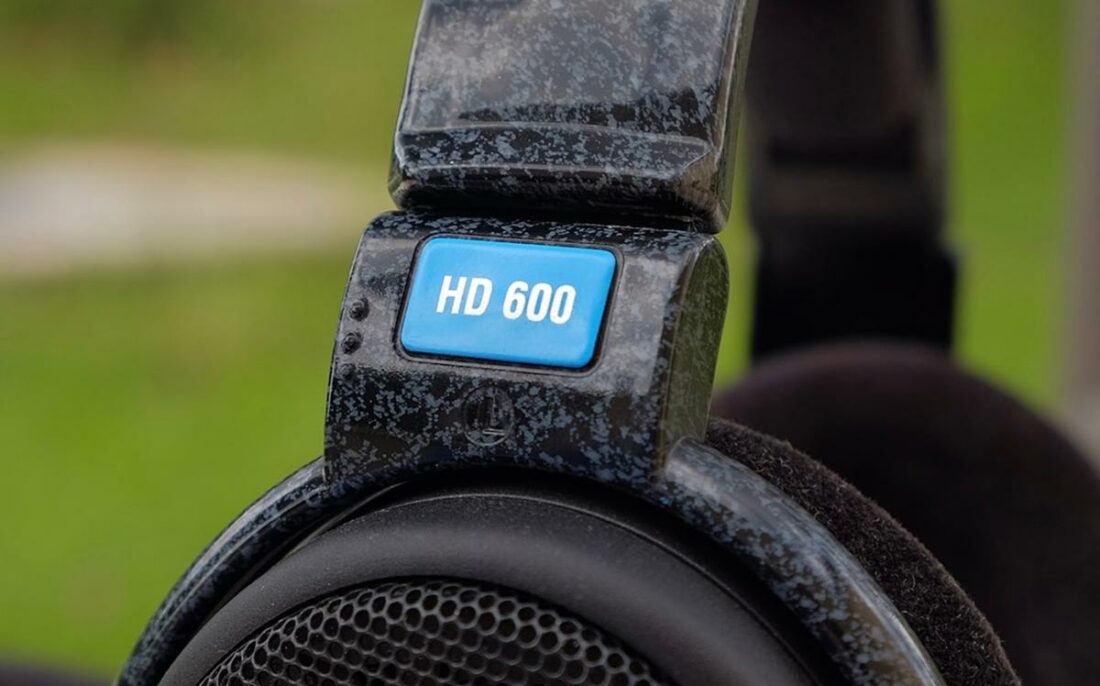
While it’s tempting to think newer means better, this isn’t always true for audio equipment. Many older models still hold their own against modern designs.
For instance, audiophiles have loved the Sennheiser HD600 for nearly three decades. Appreciating them isn’t just nostalgia – they compete with modern offerings at their price point.
Advances in audio technology also often focus on compatibility with modern systems and user-friendly features rather than better sound quality. While newer devices offer features like Bluetooth, these conveniences don’t always mean better sound.
8. Loud Music Can Damage Headphones
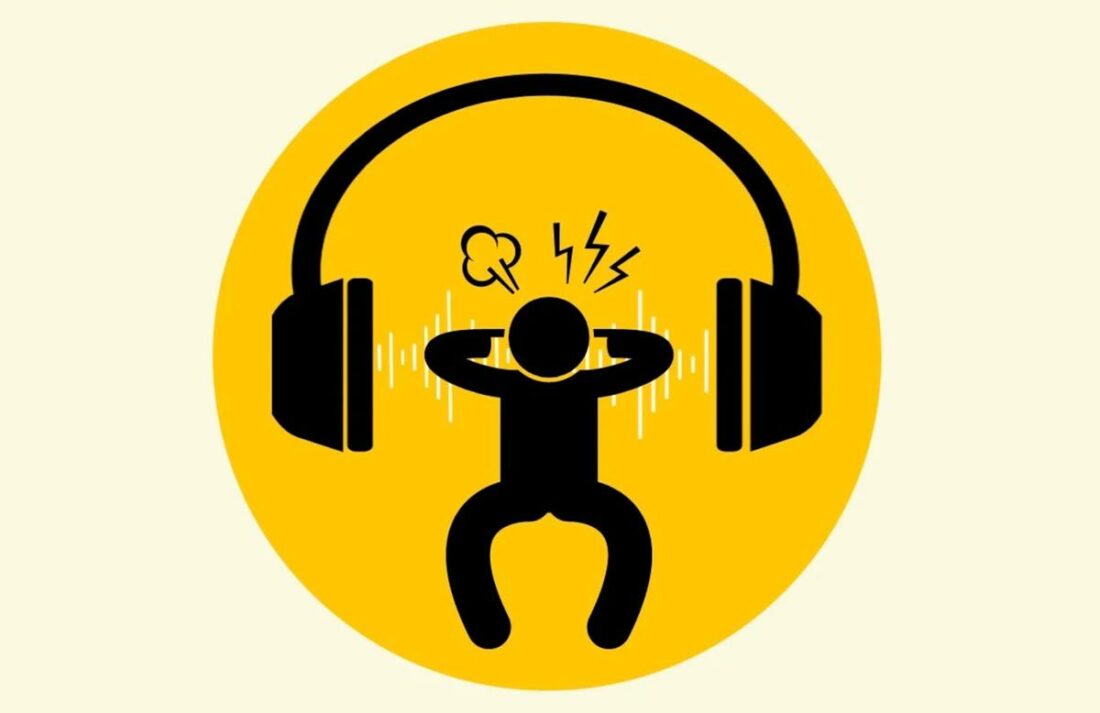
Some worry that turning up the volume will destroy their headphones. But most headphones can actually handle far higher volumes than human ears can safely tolerate.
The real risk of damage often comes from how they are powered.
Instead of the volume, an amplifier that delivers too much power can harm your headphones. These can cause the headphones to distort or even fail if the power is more than what they are built to handle.
This typically happens when the amplifier’s output is higher than the headphones’ maximum power capacity, leading to potential mechanical and electrical failures.
So, while headphones can handle loud volumes, they are vulnerable when paired with an amplifier that outputs power beyond their capacity.
Long exposure to high volumes can cause permanent hearing loss. So, it’s likely that your headphones sounding worse isn’t because they are damaged due to high volume. But because your hearing is worse.
9. Headphone Amplifiers Enhance Sound Quality
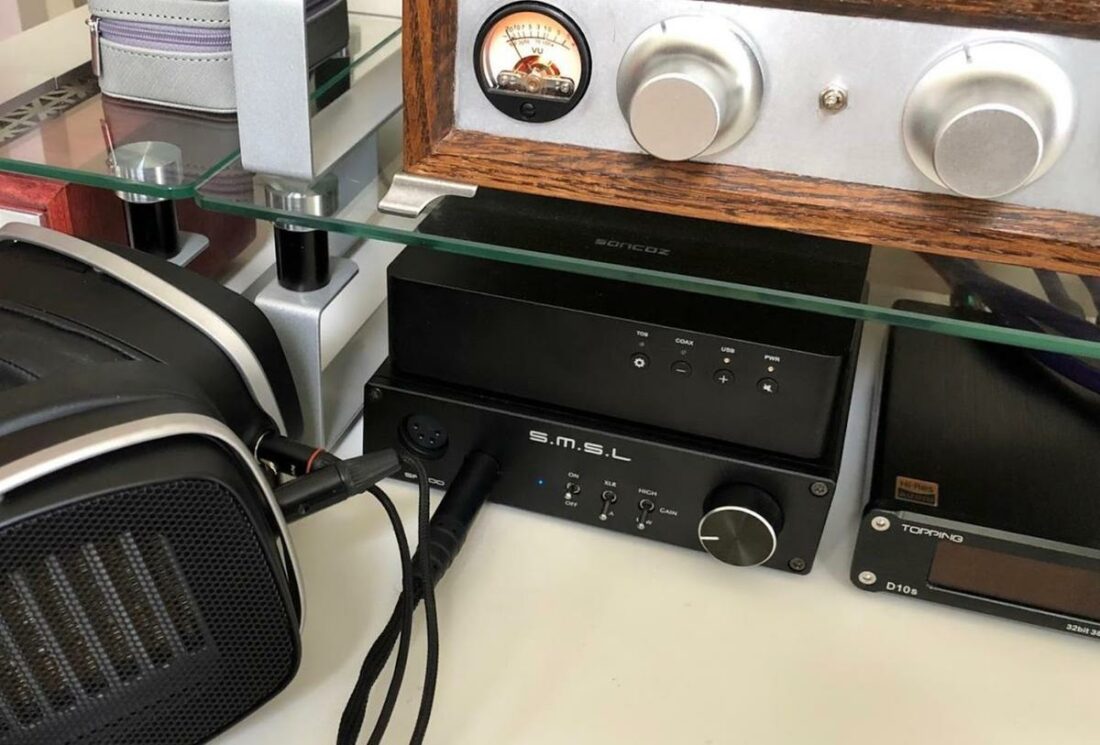
Amps don’t actually “amplify sound”. Rather, they provide more power to the headphone drivers so they can perform at their best. While this can help provide enough power for demanding headphones, the effect on sound quality is often overstated.
In fact, most modern amplifiers, especially solid-state ones, are known for reproducing the input signal very accurately. They work hard not to change the sound quality at all.
Tube amps are a different story, though. They add a distinct “warmth” or “round” sound that many users find pleasing. This comes from high output impedance and harmonic distortion, which are both measurable effects that change the audio output in a way that is often subjectively good.
10. True Audiophiles Avoid Mainstream Audio Gear
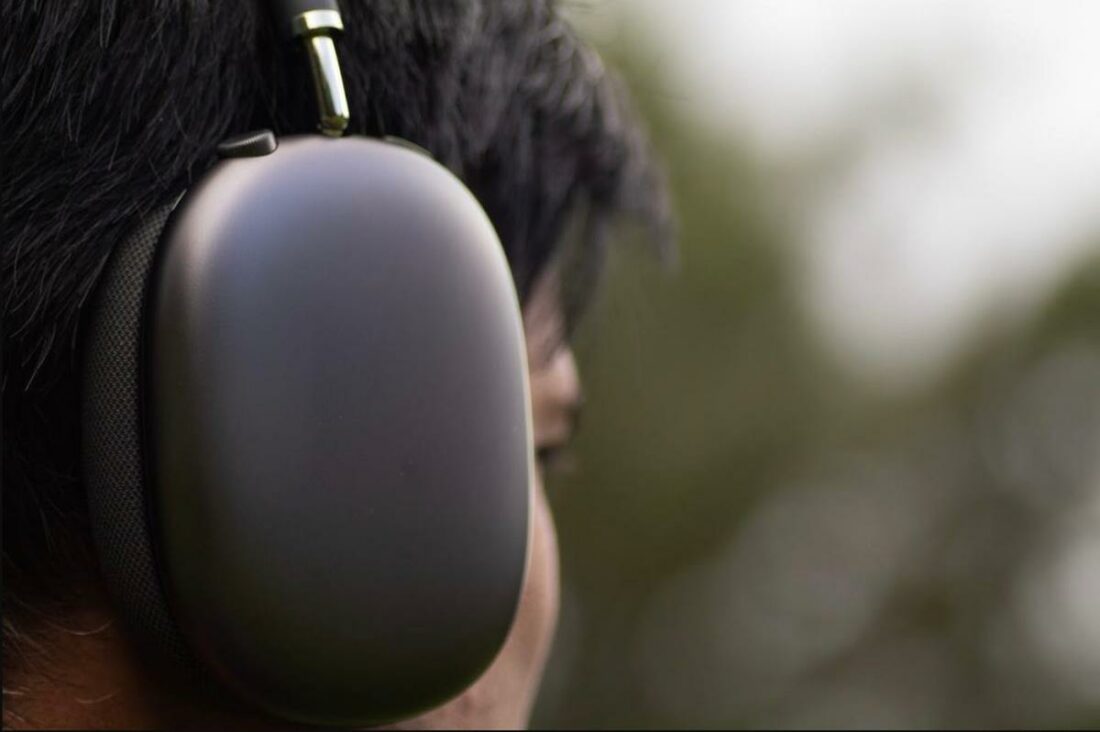
Some audiophiles look down on mainstream products, like Bluetooth headphones. To them, only the most high-end equipment will do.
But different gear fits different needs and situations. Convenience matters, and sometimes “good enough” is perfect.
Understanding different uses for audio equipment is important. Neither high-end nor consumer headphones are inherently “bad”; they simply serve different purposes.
For example, wireless earbuds like AirPods, while not “audiophile” level, are ideal for on-the-go use. Their ease of use makes them invaluable to many.
Even the most passionate audiophiles use a range of gear. Not every listening session must be a critical one. There’s a time and place for everything.
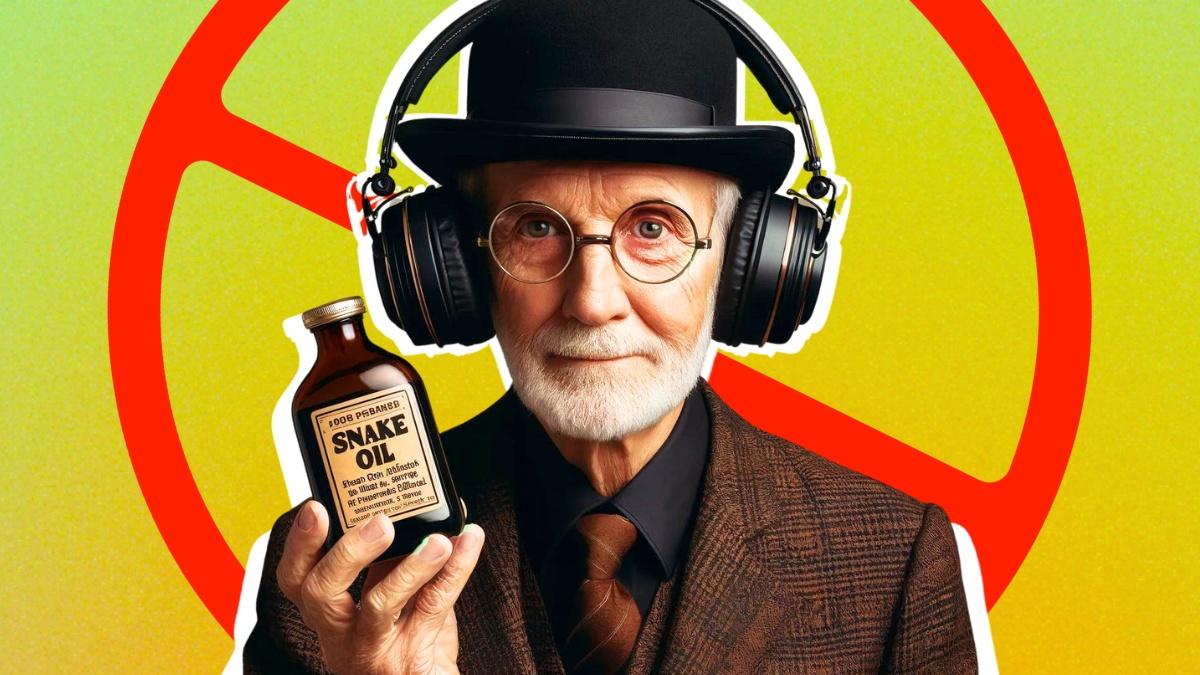
How does the author define “ ‘audiophile’ level?”